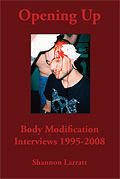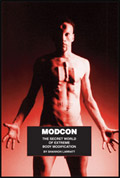As you know, under the Bush watch, almost 400 tons of high explosive went missing from al-Qaqaa. While it's only the tip of the iceberg (more), it's an important theft in the development of Arab weaponry. What you may not know is that al-Qaqaa was locked down by the IAEA (International Atomic Energy Agency) as it was one of the sites of Saddam's nuclear program in the 1980s. Since then it's been “quarantineed”, and was last confirmed sealed by the IAEA in March 2003. Supplementary video shows the explosives there in the presence of US troops, but now a pro-Iranian Islamic terror group claims to have possession. It's important that you understand the implications of this error.
Those explosives were made up of 195 tons of HMX (more), 141 tons of RDX (more), and 6 tons of PETN (more), all polymer-bonded high explosives. In simple terms, the way a nuclear bomb works (more) is by packing a ball of uranium inside traditional explosives arranged in the form of shaped charges to create an inward shock wave. When the traditional explosives are detonated, they compress the uranium to a super-critical mass which undergoes a fission reaction, and boom, you've got a nuclear explosion.
Unlike Iraq, Iran and North Korea have fissible uranium, but they don't have HMX or RDX, meaning that any nukes they built had to be very large — in the realm of 10,000 pounds — using conventional explosives. However, now at least Iran has access to HMX and RDX thanks to Bush giving it to the terrorists with his mismanagement of Iraq, meaning they can build a far, far smaller nuclear weapon. To be very clear, this means Iran now has the ability to build nuclear warheads for their long range missiles, which until now did not have the lifting capacity to launch a nuclear strike.
Iran's Shahab-6 missile has a range of 6,000 km (more). Think about what that can hit.



Post a Comment